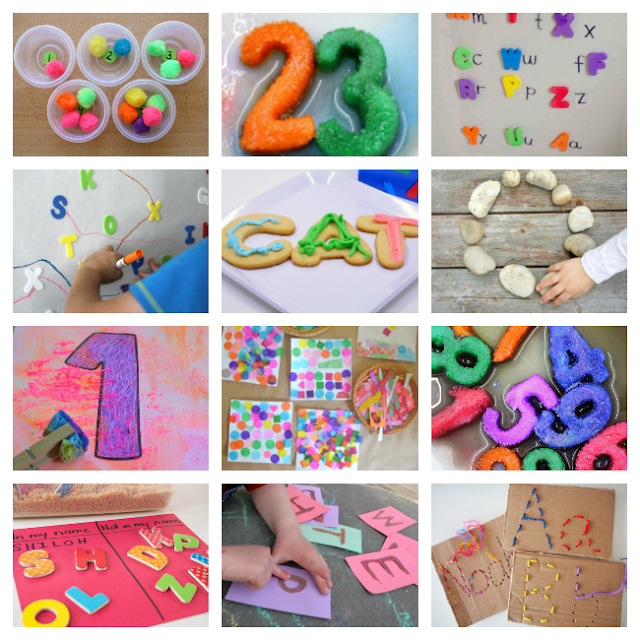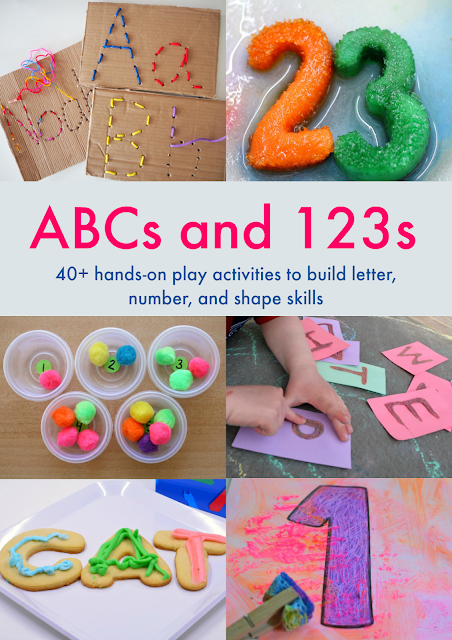(This post contains affiliate links. Please see my disclosure statement for more information).
Yes, heading to the pool is totally ideal on one of these sweltering days. The mercury is up and cooling off in a big vat of chlorinated water with a few hundred other completely uncomfortable kids is on the agenda. Or, is it? You’d rather not spend an hour packing the pool bag, getting swim diapers on, slathering on the sunscreen, putting on new swim diapers, putting on more sunscreen and driving to the pool (only to find that the closest parking space is a good 15 minute walk – in the extreme heat – away). But, you still want to do something fun.
Yes, heading to the pool is totally ideal on one of these sweltering days. The mercury is up and cooling off in a big vat of chlorinated water with a few hundred other completely uncomfortable kids is on the agenda. Or, is it? You’d rather not spend an hour packing the pool bag, getting swim diapers on, slathering on the sunscreen, putting on new swim diapers, putting on more sunscreen and driving to the pool (only to find that the closest parking space is a good 15 minute walk – in the extreme heat – away). But, you still want to do something fun.
Okay. So,
get out the ice. Actually, it’s technically not as simple as that. You’ll want
to do some prep work beforehand. So, when you hear the weather person on the
local news trying to freak just about everyone out about the upcoming dome of
high heat that will ultimately blanket your part of the country, start making
the ice!
These kids’
ice art and science activities all involve colorful and/or glittery cubes. All
you need to do is drip a drop or two of food coloring into an ice cubes tray,
add water and freeze. In some cases, you’ll also need to add a sprinkle of
glitter or another ingredient (it’s all in the activity list). You can make the ice the night before or really anytime ahead of the activity day. As long as
you have room in your freezer, you can stash the cubes for future use.
Just in case
you forget to freeze a tray of colorful water (and when would any of us ever
forget anything? – said with heavy sarcasm), you can take a short cut. Toss a
few regular clear ice cubes (if you didn’t make them ahead, you can buy a bag
of ice at the grocery store or convenience store) in a bowl, add a few drops of
food coloring and stir. Don’t use a bowl that you absolutely love. Chances are
the food coloring will stain it. Make a few batches, with different colors.
But, if you
did happen to pre-freeze your cubes, here are a few fun options to keep cool
during a heat wave:
Water and oil ice: Explore what freezes and what doesn’t. When the kiddos are done with
the science part, use these to make abstract art prints.
Frozen glitter cubes: They’re cold, they’re blue and they’re filled with sparkles.
Paint with them, watch them melt or add some glue to catch the glitter.
Red, white and blue chalk cubes: This one goes beyond the basic food coloring and water
recipe. Add some crushed chalk for a totally different experience.
Rainbow race: Make a rainbow of colorful cubes, and then race them on a super-hot day.
Building blocks:
Take these melty blocks outside to build a massive chilly tower (or whatever else
your child wants).


























